Five Shrubs That Look as Good as They Taste
The word ‘shrub’ is rather interesting. It kinda reminds me of other words ending in ‘b,’ like glib, drab, blob, flab. Fairly plain on its own, the word seems to slough its way across the lips and falter to the floor as it leaves the mouth.
Despite any odd word physics, shrubs themselves can be very plain, unassuming plants while others bring amazing beauty to a landscape. Here we focus on five such shrubs that are not only beautiful but also provide an edible harvest right in your own backyard.
And so you don’t fall asleep, we’ll use some cool adjectives to spice up the drab ‘shrub,’ not to be too glib.
Let’s get right to it.
Super Shrub #1: Blueberry (Vaccinium spp., most commonly corymbosum)
Well-known throughout North America for its fruit, the blueberry is a wonderful plant throughout the year. Its green foliage sports small white flowers in the spring, followed by berry production throughout the mid and late summer, then by a display of bright red leaf color in fall.
This favorite for kids and grown-ups alike prefers acidic soils and full sun. They are great for planting alongside pines, which will help acidify the location with needle decomposition. Blueberries are relatively slow-growing, but fairly hardy if pH remains acidic.
Watch-out: Make sure your planting area is acidic. If you live in a limestone bedrock area, odds are your soil is basic. You may need to find a location such as near a pine tree or modify the soil yourself with sulfur or other acidifying medium. I have heard of success with addition of compost to simply build organic matter – and slight acidity with humic acids – to produce healthy plants. However, I have not tried this myself.
Super Shrub #2: Elderberry (Sambucus spp.)
The elderberry is a plant with a history. In many cultures, the elder tree has a mythical origin with tales related to the tree and the ‘mother’ of the tree. The flowers and berries of the elderberry have been used as folk remedies for centuries, and modern science is beginning to show evidence to back up some of these remedies.
So what makes the elderberry worth planting in your landscape?
Foliage: The elderberry has varieties of foliage that are attractive as a deep purple-red to a light green color, holding leaves later than most other plants in the fall. The unique leaf pattern lends a variety of texture to your landscape. The shrub can take many forms if pruned or trimmed, but left alone will take a large round-ish form. The dense growth lends well to use as a windbreak, visual screen, or hedge plant if desired.
Flowers: The elderberry flower is described as ‘umbellate,’ meaning its buds are spread out in a shape resembling an umbrella. These small white blossom clusters are attractive to human, insect, and hummingbird alike throughout mid-late spring.
Fruit: Late fall brings a decorative yield of dark purple (e.g. S. nigra, canadensis) or red (e.g. S. pubens, racemosa) berries arranged in the same umbellate pattern as its blossoms. These berries are prized by birds, and they make great additions to baking and immune-boosting syrups.
We use elderberry syrup in our household on a daily basis for its immune benefits and high vitamin content. There are three plants in our landscape for decorative and functional use, although they are not yet yielding.
Watch-outs: This shrub can grow fairly large, up to 30 feet for some varieties, if left to grow. Plan for maturity. Many cultivated varieties grow to a smaller mature height of 8-10 feet. Deer love to browse this plant throughout the winter, so it must be protected in heavily browsed areas during establishment. Many consider elderberries fast growing, but I have found that it has a somewhat slow-medium growth rate during establishment in the dense clay soils of our own property.
Super Shrub #3: Nanking Cherry (Prunus tomentosa)
A native to China, the Nanking cherry was only introduced to the United States in the 1890s. This hardy shrub deserves a spot on the list due to its hardiness, beauty, low maintenance needs, and delicious fruit.
The Nanking cherry is in the Prunus genus, along with to cherries, peaches, apricots, and almonds. While many varieties in this genus are susceptible to various diseases and require maintenance, the Nanking cherry requires little maintenance and is fairly disease resistant. Growing to a maximum height of about 10 feet, this shrub provides a great border or accent planting in large or small landscapes.
Spring brings a plethora of small pink flowers covering the branches which turn brilliant white as the flowers mature. The foliage that follows flowering is fairly nondescript and the shrub will not stand out from the foliage, but the abundant fruits that emerge in June paint the shrubs with brilliant red and last for several weeks. During winter, slender red stems help add interest and color to the cold landscape.
The small fruits have a range of flavors based on the variety or wild type planted, but retain a distinct cherry flavor – some tart, some sweeter. Yield is best when more than one Nanking cherry are planted in the landscape.
Watch-outs: The Nanking cherry, although very hardy compared to other Prunus species, requires some conditions to thrive. It can withstand some drought conditions but is susceptible to prolonged drought and does not like its root tips in standing water. It also prefers full sun. While pruning is not necessary, it will be required if a certain form is desired, and occasional removal of old growth can increase yield.
Super Shrub #4: Chokeberry/Aronia (Aronia spp.)
Associated with cultures across Europe and North America for centuries as a source for jams, wines, and other foods, the chokeberry packs a powerful punch in the diet as well as the landscape. There are three main species: Red Chokeberry (A. arbutifolia), Black Chokeberry (A. melanocarpa), and Purple Chokeberry (A. prunifolia).
The name chokeberry comes from the incredibly bitter, astringent flavor of the raw fruit. Yet it becomes delicious when prepared or as an accompaniment to other fruits. On the plus side, birds and animals will generally spare eating the fruits until all other more palatable browse is gone.
And to boot, this health booster is loaded with antioxidants. POW!
This sweet shrub, also known as Aronia, brings beauty to the landscape throughout the year. Spring brings white or light pink flower clusters. Late summer brings fruitset of red, black, or purple fruits. Fall brings bright red foliage. The Red Chokeberry will hold its bright red berries through the winter for late season beauty and interest.
As a native edge species plant, this shrub grows great in full sun or partial shade underneath an overstory partner. The shrub is tolerant of medium drought conditions. Red Chokeberry reaches heights up to 12 or more feet at maturity, while the Black Chokeberry grows to a maximum of 6 feet, often lower. Purple Chokeberry, thought to be originally a hybrid of the two other species, tops out around 9 feet.
So we’re not talking about your Lowe’s Knockout™ rose here, although technically all roses have edible flowers. Some just are way better than others for edibility. Oddly enough, you can ‘follow your nose’ to generally find the most flavorful rose petals.
And definitely don’t go eating other people’s roses. For one, they might think you’re weird. Don’t worry, I know you’re not. And secondly, who knows what’s been sprayed on them.
The Rugosa Rose (R. rugosa) is a traditional rose with a smaller flower and a large ‘rose hip’ that is produced after the flower dies. This is where the rose plant super deserves a spot on this list. The rose hip is the ‘fruit’ of the rose plant, resembling a small apple at maturity. This fruit of the rose is chock-full of vitamin C and packed with flavor.
And we all know of the rose’s beauty. But with these old school roses, there’s some additional beauty. So no, we don’t get the super romantic long stemmed roses that take tons of work. But here’s what we do get. Blooms vary with variety, but generally late spring through fall. These blooms are much smaller and have various colors. Come fall, you get a vibrant yellow leaf change, accompanied by the bright red ripe rose hips.
The Rugosa rose is much more disease resistant than most roses, requires minimal maintenance for pests, and periodic pruning for size. It is fairly drought resistant and prefers sun. The hips are good harvested when ripe, even better after a frost, and are great additions to jellies, pastries, soups, and salads.
There are other species aside from R. rugosa that produce flavorful edible hips as well, although rugose is generally most common.
Watch-outs: Thorns! In case you didn’t know….
Rugosa roses are prone to suckering, so you should plant them where this is okay or be prepared for seasonal pruning.
I don’t know about you, but I don’t feel so drab about these shrubs anymore. Which one are you going to plant? Which five? Now’s the time to get some edible beauty into your landscape!
“Life’s a garden. Dig it.” – Joe Dirt
What? A free guide to save 27 hours of yard work? Yes please!
Photo Credits – in order of appearance:
Cover: Doug Zwick
Blueberry: tanakawho, Martin LaBar, Distant Hill Gardens, Mike Bitzenhofer
Elderberry: JR P, David A. Hoffman, Emily Carlin, Paul Walker, Tony Kennick
Nanking Cherry: monetmama, autan, theothermrscepero
Aronia: Andrey Zharkikh, tanakawho, Tero Maaniemi, mamichan
Rose: Oneterry Aka Terry Kearney, Blondinrikard Froberg, Rose Dewar, ZenXacred



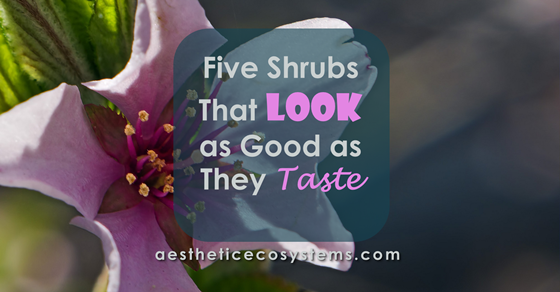
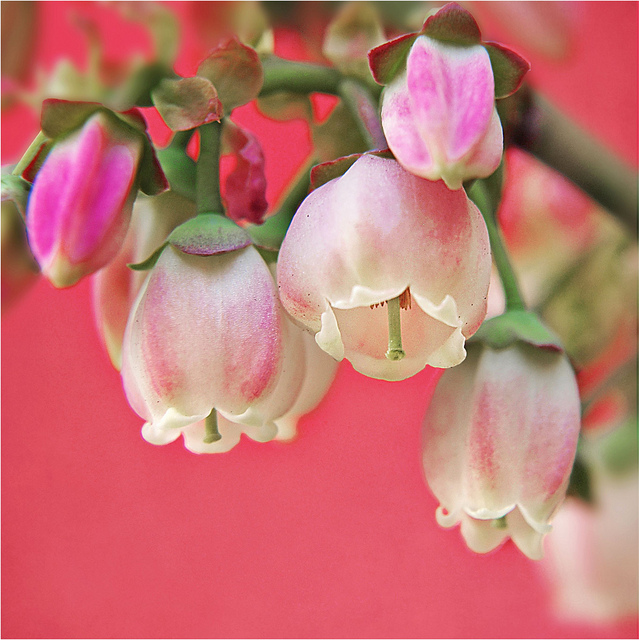
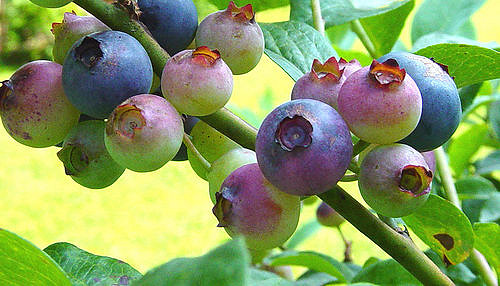
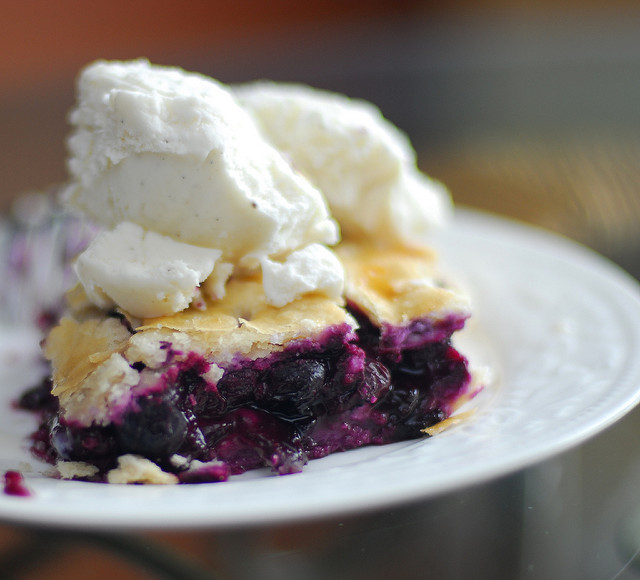
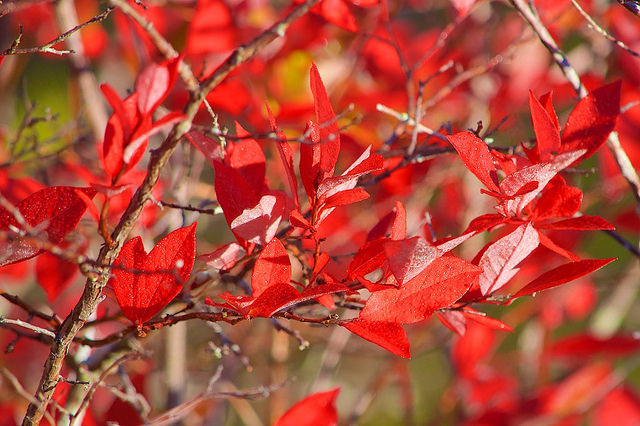

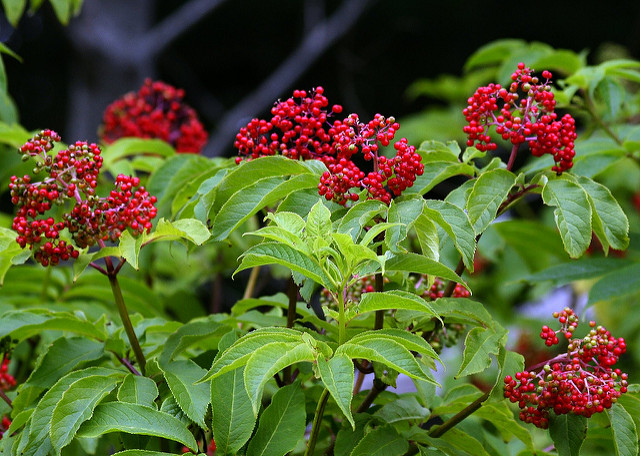
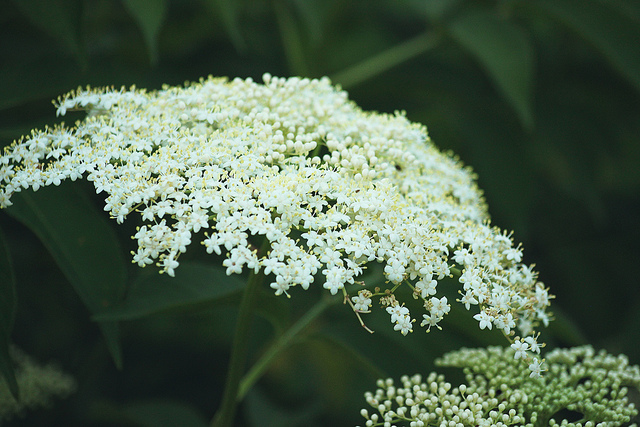

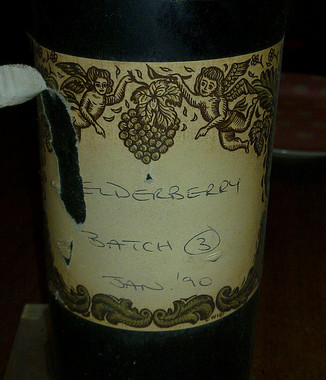
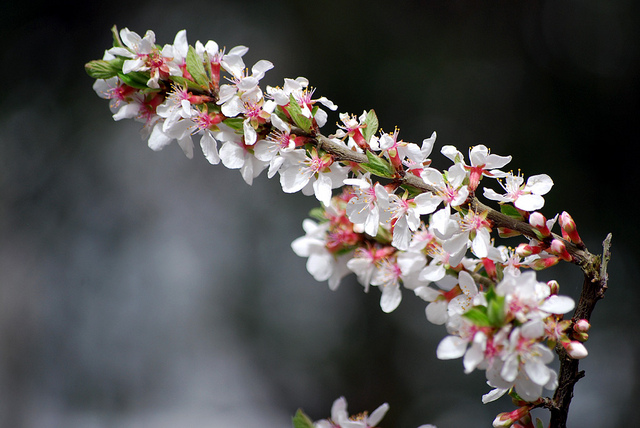
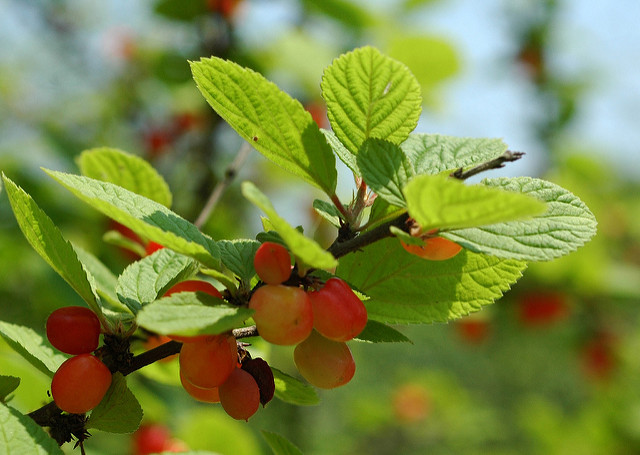
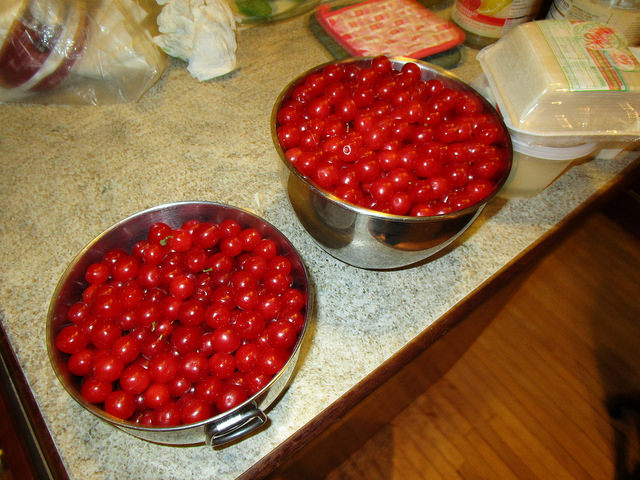
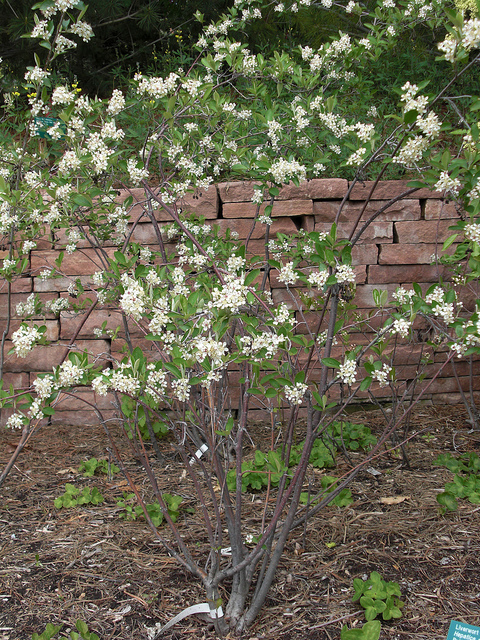


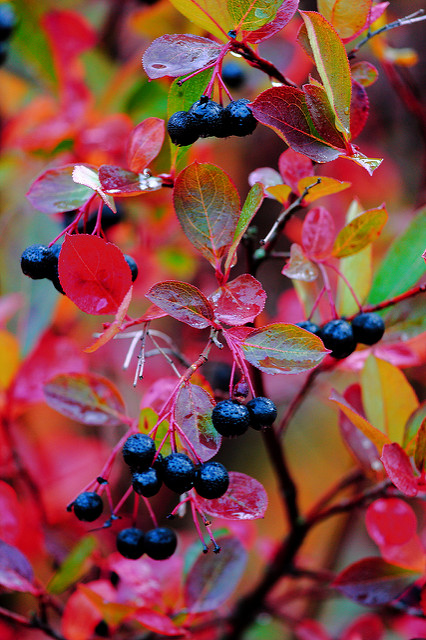
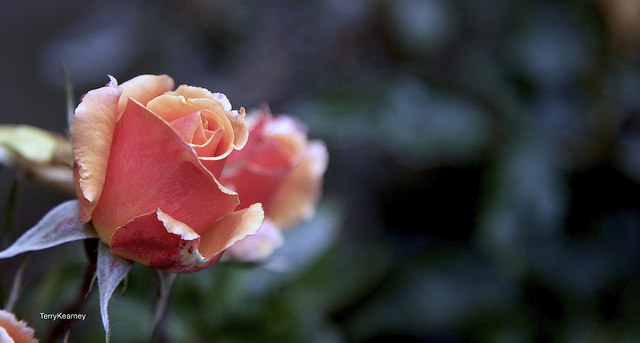
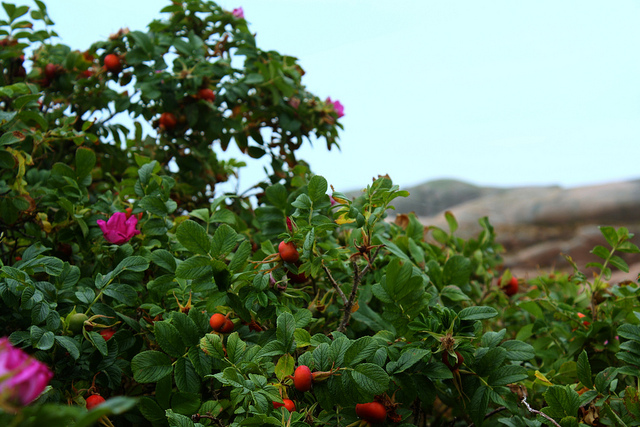
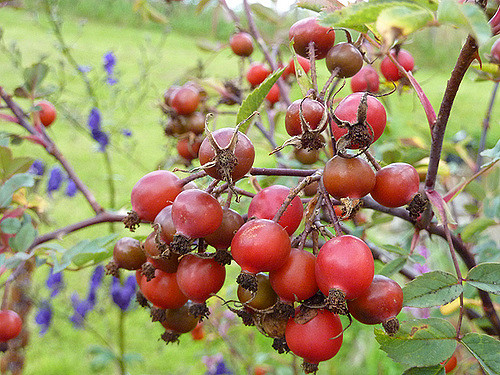
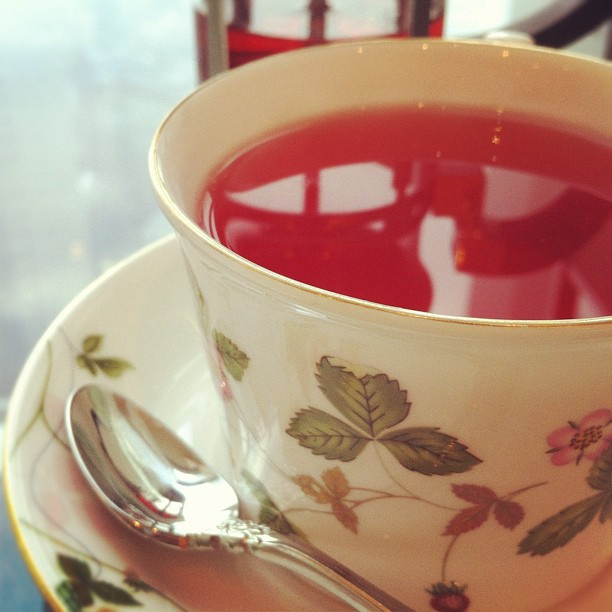








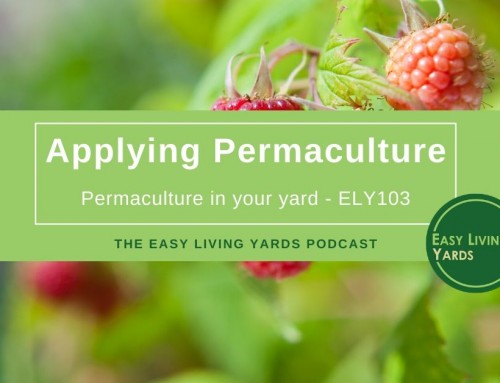
Leave A Comment